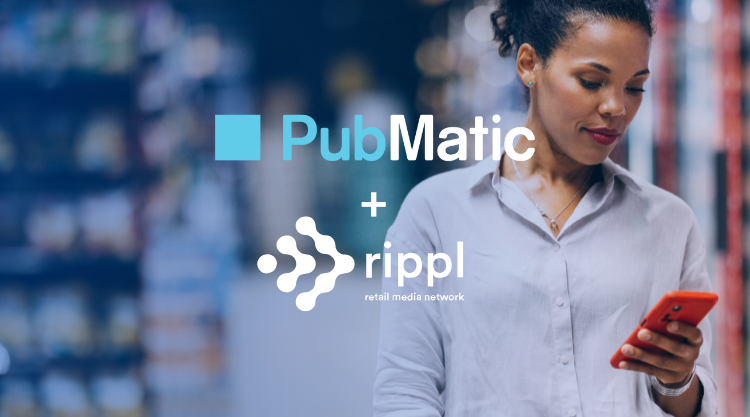By Nishant Khatri, Director Product Management
Since the advent of programmatic advertising, publishers have auctioned off their impressions employing a technique called waterfalling. Waterfalling sees publishers offer the same impression to a series of demand sources – one after the other in near real time – until the publisher finds a source that provides a bid for the impression. The challenge for publishers with the waterfall has been that instead of consolidating all demand for an impression in one auction, it creates a dynamic where demand is segmented and cannot be revealed all at once.
Traditionally, publishers have ranked the demand sources for each ad impression in a linear fashion based on average historic CPMs. In other words, the demand source that has been the best revenue generator for the publisher is called on first and the one that has been second best is called on second and so on until the impression is sold. This cascading down through demand sources is where the term waterfall comes from.
Digital media has become increasingly fragmented in recent years with the introduction of multiple sales channels, and this complexity has undermined the efficiency for publishers of this waterfalling approach. Publishers have lost some control of their inventory and are therefore missing out on revenue opportunities. In summary the traditional waterfall is not a true real-time bidding method because it does not provide an impression-by-impression view for publishers.
Enter header bidding.
This new approach to inventory allocation is gaining popularity with publishers. Header bidding permits multiple buyers to submit pre-bids on inventory before the publisher alerts its ad server. This allows publishers to see all of the CPM bids at once and can determine the source that actually submitted the highest bid on a given impression in real-time.
PubMatic fully supports these standard header bidding integrations, and our Technical Account Managers can assist you in their deployment. For publishers to realize the true promise of header bidding though they will need a solution that provides two key benefits.
Maximize Revenue
Header bidding should optimize a publishers’ entire inventory on an impression-by-impression basis in real-time, including both direct and indirect channels. By providing one, unified view of all sales channels publishers can see how multiple programmatic buyers value each individual impression. Allowing them to identify the demand source that is offering the highest CPM with a unified view increases both yield and revenue.
Other header bidding demand sources rarely provide publishers the opportunity to include directly sold campaigns for header tag decisioning, but for publishers who are selling 50 percent – 60 percent of their inventory through direct sales this results in a lot of money left on the table
Take Control Over Inventory Allocation
Header bidding solutions should also offer a robust set of controls for publishers to manage their monetization across all sales channels by maintaining control over CPMs and yield, and ensuring proper pacing of guaranteed direct sold campaigns. This is extremely important for publishers because they need to fulfill their advertiser partners’ expectations from those guaranteed campaigns.
For example, if a publisher’s direct sold campaign is pacing on schedule, Decision Manager allows the publisher to implement controls that open up inventory to private marketplace (PMP) or open marketplace bids so that they can find a higher CPM, and serve impressions in place of a direct sold campaign. Publishers typically prioritize a direct sold campaign over all other demand to ensure its completion, but if another bid is higher than that of the guaranteed campaign, they should have the ability to create new revenue opportunities without compromising its success.
PubMatic’s Decision Manager
PubMatic’s Decision Manager is a header bidding solution that provides each of these benefits. Integrating with PubMatic’s Decision Manager is extremely simple.
PubMatic’s Decision Manager technology has been in-market for over a year, and has become a trusted source for solving this issue by removing the silos and helping them grow revenue, increase yield and maintain control over their monetization.
Publishers who are new to header tags or do not feel ready to include directly sold campaigns in decisioning for any reason, can easily limit this to indirect campaigns only. The option to upgrade in future is easy to implement.
While many header tags look similar on the outside, a deeper look by publishers would reveal that these monetization controls are offered by few header-bidding providers. In fact, PubMatic offers significantly more controls than the most prominent inventory allocation technique in the market. We believe that these controls are a critical part of making sure publishers can unlock the real value of header bidding




